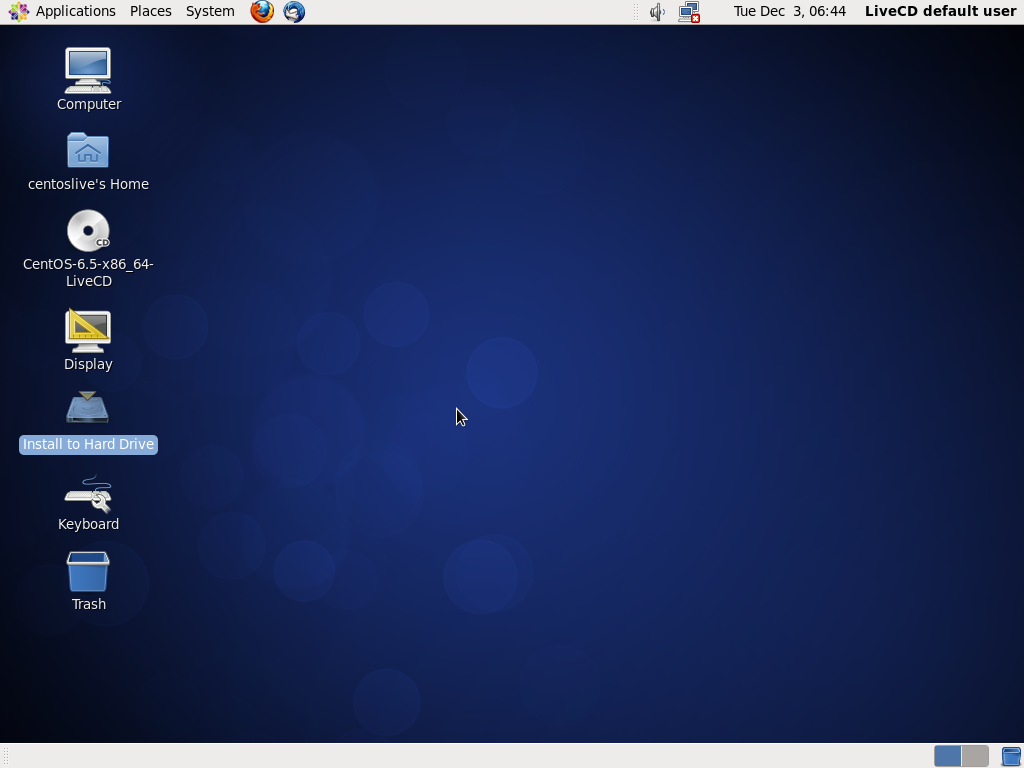Install Radius On Centos 7 Minimal
What is RADIUS?RADIUS, which stands for “Remote Authentication Dial In User Service”.RADIUS authentication and accounting protocols, which are UDP-based protocols. The NAS then uses the authentication credentials to issue a RADIUS authentication request to the RADIUS server.


Centos 7 Iso
What is Daloradius?DaloRADIUS is an advanced RADIUS web management application aimed at managing hotspots and general-purpose ISP deployments. It features user management, graphical reporting, accounting, a billing engine and integrates with Google Maps for Geo-locating. Requirement and preparation: OS: CentOS 7IP: 192.168.45.147Hostname: freeradius.askitmen.comNetwork: VMware - NAT.root@freeradius # cat /etc/hosts127.0.0.1 localhost192.168.45.147 freeradius.askitmen.com freeradius Prerequisites:Update your CentOS 7 and install Deployment Tool. You can run this commands to update your CentOS and for Deployment Tool installation. root@freeradius opt# yum -y install opt# yum -y install epel-release yum-utils.
Disable repo for PHP 5.4By default, the enabled repository is for PHP 5.4.
Centos 8 Minimal
Download Free Linux eBook HERE!CentOS is a Linux distribution company similar to Redhat Enterprise Linux was released it’s first version on year 2004, Till now the versions released by CentOS are CentOS 3, 4, 5, 6, 7. CentOS 7 is the latest version which was released on year 2014. CentOS 7 comes with some additional features like included systemd which is replaced with init system, supports on Intel i3, i5, i7 Processors, Report bugs directly to So on.

Select LanguageNow we have to configure some main important settings that is:. Time Zone – Select time Zone as per your Country. (eg: Asia/Calcutta). Keyboard Language – Select Language for Keyboard.
CentOS 7 Installation SettingsHere below I have shown snapshots of all configurations as per my scenario, Follow the snapshots below for your reference.Note: Below settings are selected as per my testing environment, You have to install the CentOS 7 Operating System as per you need and Scenario. Select Time Zone, Here I have selected Region as Asia and City as Kolkata, then set Date and Time, then click on Done to save the setting.Note: You can Enable the Network Time by slide the button from OFF to ON if you have NTP Server. Set Installation Resource4. Now we have to select the Installation environment as per our need and scenario. Select CentOS 7 Installation EnvironmentNow we have to select Local Harddisk where CentOS 7 is going to install.Here in my Testing environment I am installing CentOS 7 in Vmware Workstation so selecting the Vmware Virtual Harddisk of Size 20 GB. You have to select your harddisk if you are installing on your live server or somewhere else as per your scenario. Refer the snapshot below.On our next part we have two options to create partition i.e.
Automatically configuring partitioning: This will create partitions automatically. I will configure partitioning: In this you have to create partitions manually as per your need.Here I am selecting Automatically configuring partitioning to allow the system to create partition automatically. Refer the snapshot below.After all required changes click on Done to save the settings.